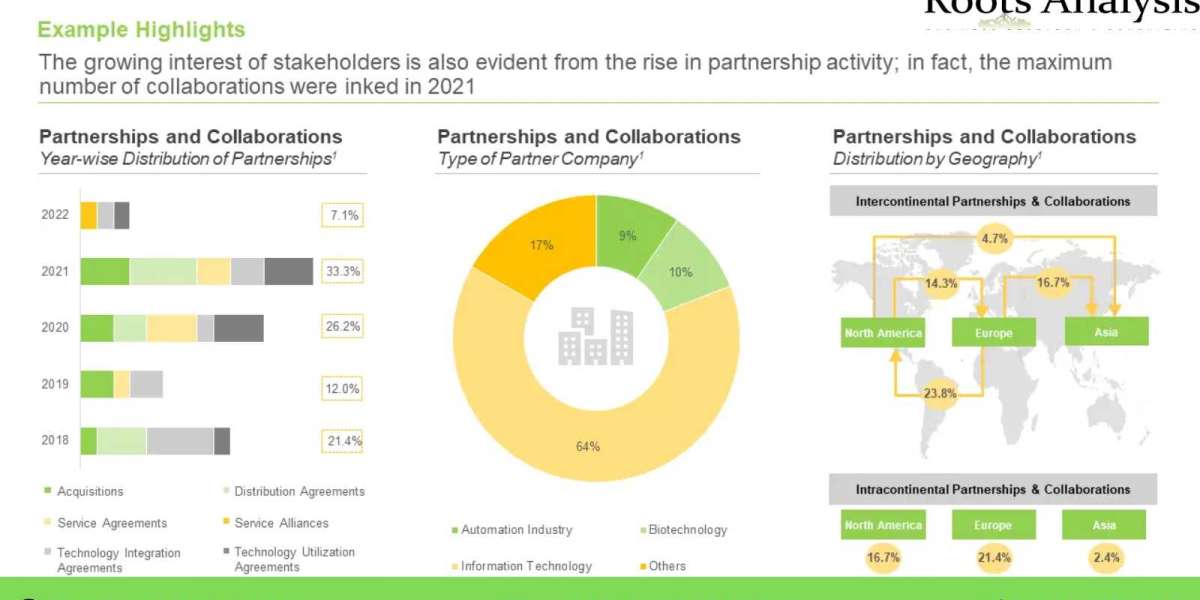Asset-based loans require collateral from the borrower, including equipment, inventory, and unpaid invoices, along with real estate. ABL loans may be a better option for your business if you have a poor credit score. Instead of financing based on your credit score or history, ABL lending allows you to borrow based on the strength of your collateral. Here’s why it makes excellent financial sense for the consumer products industry.
Consumer Products Industry Overview
Many businesses that sell consumer products run into cash flow problems. The bulk of their expenses is tied to their inventory and equipment. There’s also the seasonality of retail to consider. Some businesses purchase inventory and wait months before they release those items to make the most out of those sales. For instance, a company may buy a scarf when the prices are done—like, during summer—and then wait for winter before they offer the products to consumers. Combine those long lead times in between with a long cash conversion cycle, and it’s no wonder many businesses have a hard time staying afloat. That’s where ABL loans come in.
What is Asset-Based Lending?
Funding can be difficult. If you’re looking for ways to address your company’s financial needs, asset-based financing can be an appealing option. The amount of money you can receive from the lender is based on the value of the asset you’ll put up as collateral. But because the approval of the loan is based more on the collateral’s value rather than your credit score, you can receive the funds faster. If you default on an ABL loan, that will give the lender the right to repossess the asset. That puts your company assets on the line.
Why is ABL Lending Better for the Industry?
Traditional lending options, such as banks, have strict regulatory requirements. Their practices are designed to lower the risk they take on. However, bank loan applications often take too long. Businesses in need of quick funding can use asset-based loans to ease their cash flow problems. They can also use the money for expansion and growth opportunities. Businesses in the consumer products industry—with their long cash conversion cycles—benefit significantly from ABL loans, as it provides speedy access to funding.
How Do Asset-Based Loans Work?
Asset-based loans revolve around (a set of) assets that the borrower uses as collateral. The asset can be business equipment, inventory, or real estate. Businesses can also use unpaid invoices. The lender offers a loan amount depending on the percentage of the asset’s value. The transaction proceeds once both parties agree. If you want to try for ABL funding, keep in mind that lenders prefer larger loans. That’s because they’ll spend the same amount of money on monitoring the borrowed capital, whether it’s big or small.
Are ABL Loans Revolving Credit?
When asset-based loans are based on outstanding invoices, they can be structured as revolving credit. That means every week or month, the lender sets an amount of inventory and accounts receivable, the total of which determines how much a business can borrow. That becomes the borrowing base. Talk to an ABL lending company today if you want to learn more about this option.








